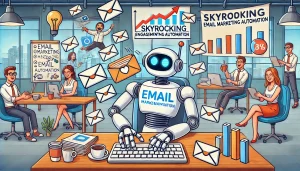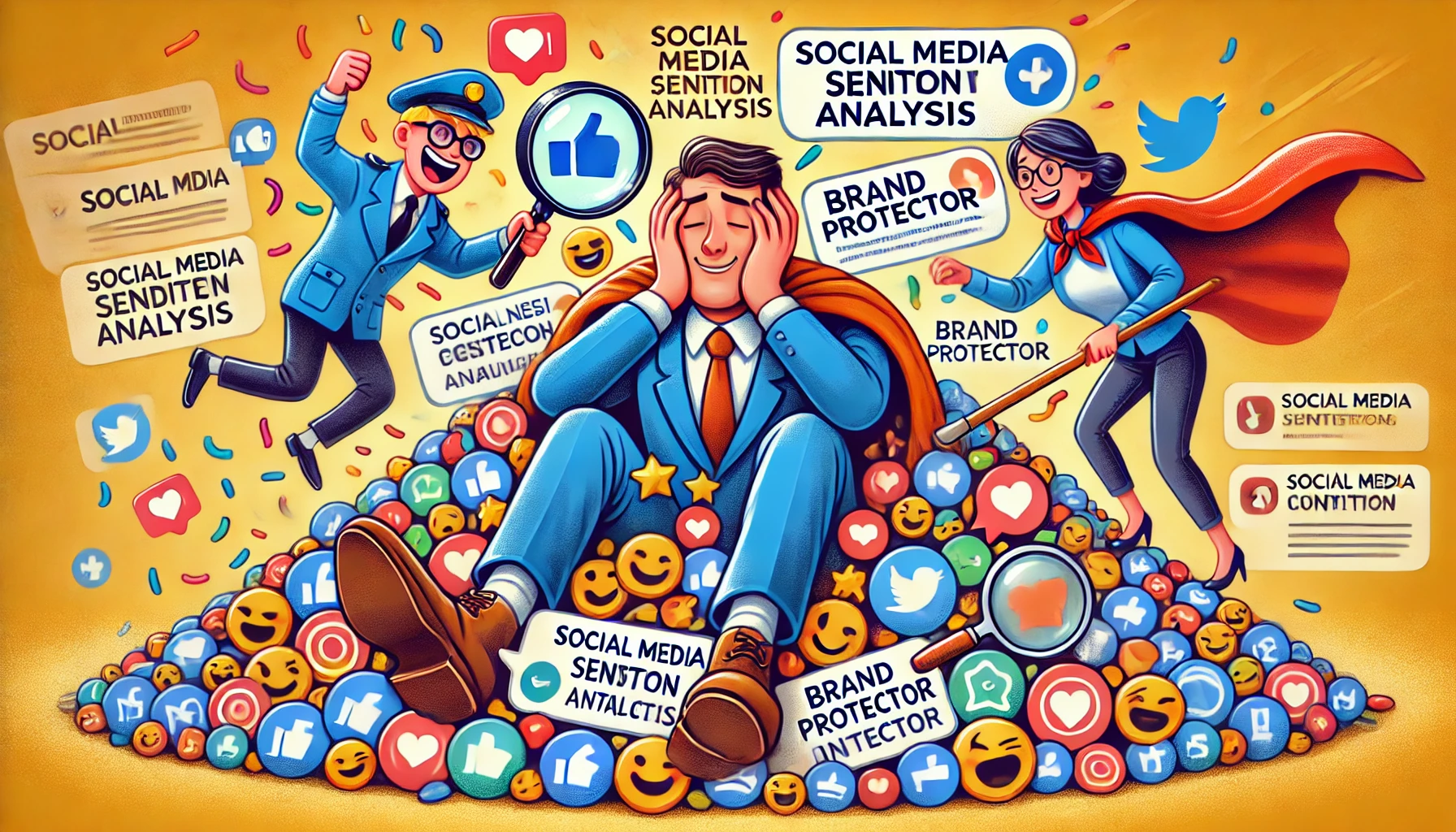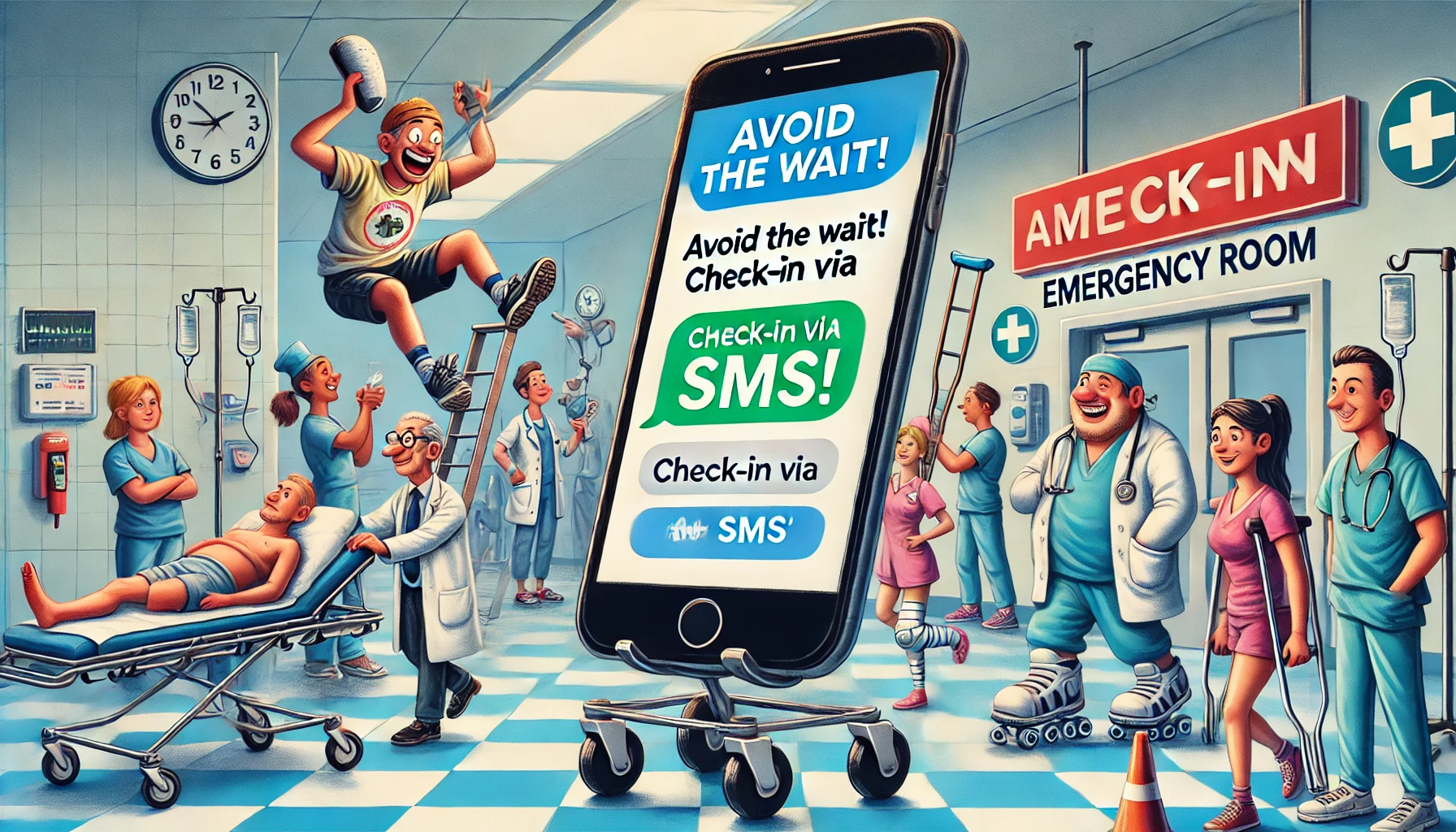Email marketing automation: Boost efficiency, increase engagement

What is email marketing?
Email marketing involves sending commercial messages to promote your business’s products or services to subscribers who have opted in to receive communication from your company. This powerful marketing tool not only keeps your audience informed of your latest offerings but also plays a critical role in developing customer relationships, enhancing brand awareness, and generating leads.
Email marketing boasts a higher return on investment than any other form of marketing – digital or otherwise. For every $1 spent, businesses can expect an average return of $42, highlighting its efficiency and impact.
With an estimated 4.3 billion email users globally as of 2022, the scope of email marketing continues to expand, making it an essential component of any marketing strategy.
What is email marketing automation?
Email marketing automation refers to the process of sending targeted and personalized emails automatically based on specific triggers or actions taken by a potential or current customer. This could include subscribing to an email list, making a purchase, abandoning a cart, or engaging with previous emails.
Automation saves time and effort as these emails are pre-designed and scheduled to be sent out automatically, improving the effectiveness of marketing campaigns and increasing customer engagement by delivering timely, relevant information.
Benefits and challenges of email automation
Benefits:
Saves time and resources: Once set up, email automation handles repetitive tasks, allowing you to focus on other strategic areas of your business.
Reaches more customers: By reacting to specific customer actions automatically, you can ensure that no engagement opportunity is missed.
Personalizes the experience: Automated emails can be highly customized using customer data, fostering deeper relationships and increasing brand loyalty.
Complements other marketing strategies: Integration with other marketing tools, like social media platforms, enhances your overall marketing ecosystem.
Challenges:
Requires detailed planning: Effective email automation needs a strategic approach to content, targeting, and scheduling.
Risk of unpolished emails: There’s a potential risk of sending suboptimal emails that could negatively impact customer perceptions and engagement metrics.
Email fatigue among users: Overloading recipients with too many emails can lead to disengagement. Proper segmentation and targeted content are essential to keep users interested.

How do automated email campaigns work?
Choose an email automation software: Tools like Mailchimp, HubSpot, and ConvertKit offer various features that cater to different business needs and scales.
Segment your customers: Effective segmentation allows for more personalized and targeted email campaigns, increasing engagement and conversion rates.
Set clear campaign goals: Establish specific, measurable, attainable, relevant, and time-bound goals to guide your campaign and measure its success.
Design engaging content: Utilize a mix of compelling copy and attractive visuals tailored to your audience to stand out in crowded inboxes.
Conduct A/B testing: Regular testing and adjustments based on performance metrics are crucial for optimizing email campaigns.
Monitor and adjust: Keep an eye on key performance indicators like open rates and click-through rates to continually refine your approach.
How to automate emails
Choose an email automation software: Email automation software is a tool that allows you to automate your email marketing efforts—automation isn’t something you want to do on your own. There are many options, so selecting the right email automation software can be daunting.
To choose the right one, consider factors like the size of your business, your marketing goals, your budget, and the types of emails that need to be automated. Some popular email automation software options include Mailchimp, HubSpot, and ConvertKit.
Segment your customers: Segmenting your customer base from one generic mass into smaller groups that share specific behaviors or characteristics allows you to create personalized and targeted email marketing campaigns, which are more likely to resonate with recipients and increase the chance of conversion. To segment your customers effectively, start by analyzing your email lists and finding patterns that differentiate your customers from each other.
You can segment them based on demographics like age, gender, location, or behavior like purchase history, website visits, or email engagement. Once you have identified your customer segments, you can create targeted messages that will resonate with each group.
Set your campaign’s goals: Having clear objectives will enable you to measure your campaign’s success and make any necessary modifications. To set effective goals for your email campaign, start by identifying your target audience and defining what you want them to do as a result of receiving your email.
Does your business want to increase website traffic, generate more leads, or drive more conversions and sales? You’ll want to make SMART goals, which stands for specific, measurable, attainable, relevant, and time-bound.
For example, instead of setting a goal to “increase sales,” specify a percentage increase and a timeline for achieving it.
Design your assets and craft your copy: The average number of emails in an inbox is 200, so the competition is tough. You want your email to stand out, and that’s going to require more than the bare minimum.
First, craft an attention-grabbing subject line. This is your chance to make a first impression, so make it count.
Once you’ve hooked your reader with an attention-grabbing subject line, it’s time to engage them with compelling copy. Keep it casual with a conversational tone and focus on making it easy to read.
Adding bullet points or bolding key information makes your emails more scannable. Then, use high-quality visuals that are relevant to your content, and ensure they are optimized for email delivery.
And finally, don’t forget about your call-to-action (CTA). This is your chance to guide your reader to take action, whether it’s to sign up for an event, make a purchase, or sign up for your newsletter.

Run tests and figure out what’s working: Email marketing performance hinges on many factors. Test your campaign’s assets, delivery timing, and segmentation factors. Find out which approach works best for your audience and refine it accordingly.
One effective way to test your email marketing efforts is through A/B testing. This involves sending out two slightly different versions of an email to a portion of your email list and comparing their open and click-through rates.
With this information, you can make data-driven decisions on what works best for your audience and adjust your future emails accordingly.
Monitor your email campaign’s progress: Keeping a close eye on the metrics and making tweaks based on the data can help in maximizing the returns and making the campaign more successful. One crucial step in monitoring an email campaign’s progress is tracking the open rate. It is the percentage of emails that are opened by the receivers. If the open rate is low, there may be issues with the subject line, the sender name, or other elements of the email.
Another critical metric to monitor is the click-through rate, which measures how many people clicked on a link within the email. A low click-through rate indicates that the email’s content is not relevant or engaging enough.
These metrics, along with others like bounce rate, conversion rate, and unsubscribe rate, provide valuable insights into the campaign’s performance.
Email automation examples
Welcome series: Introduce new subscribers to your brand with a sequence of informative and engaging emails.
Nurture series: Progress leads through the sales funnel with content tailored to their stage in the buyer’s journey.
Cart reminder emails: Encourage completion of purchases with timely reminders for abandoned carts.

Expert opinions on email marketing automation
Emily Richardson, Head of digital marketing at HealthNut Enterprises “In the health and wellness industry, trust and engagement are paramount. Email marketing automation has enabled us to send timely and relevant content, such as wellness tips and personalized product suggestions, which resonate well with our audience. The automation ensures consistent communication without overwhelming our subscribers.”
Laura Sanchez, VP of marketing at RetailGrowth Partners “In the retail sector, email marketing automation has allowed us to deliver highly targeted promotions based on customer purchase history and preferences. This level of personalization was previously unattainable with manual processes. The automation tools also integrate seamlessly with our CRM, ensuring a cohesive customer experience.”
Olivia Brown, Marketing automation specialist at TechSavvy Solutions “As a specialist in marketing automation, I can attest to the transformative impact of these tools on campaign management. Automated email sequences simplify complex workflows, from lead nurturing to customer onboarding. The integration with other marketing channels ensures a unified strategy, maximizing the overall effectiveness.”

 8 min
8 min 






